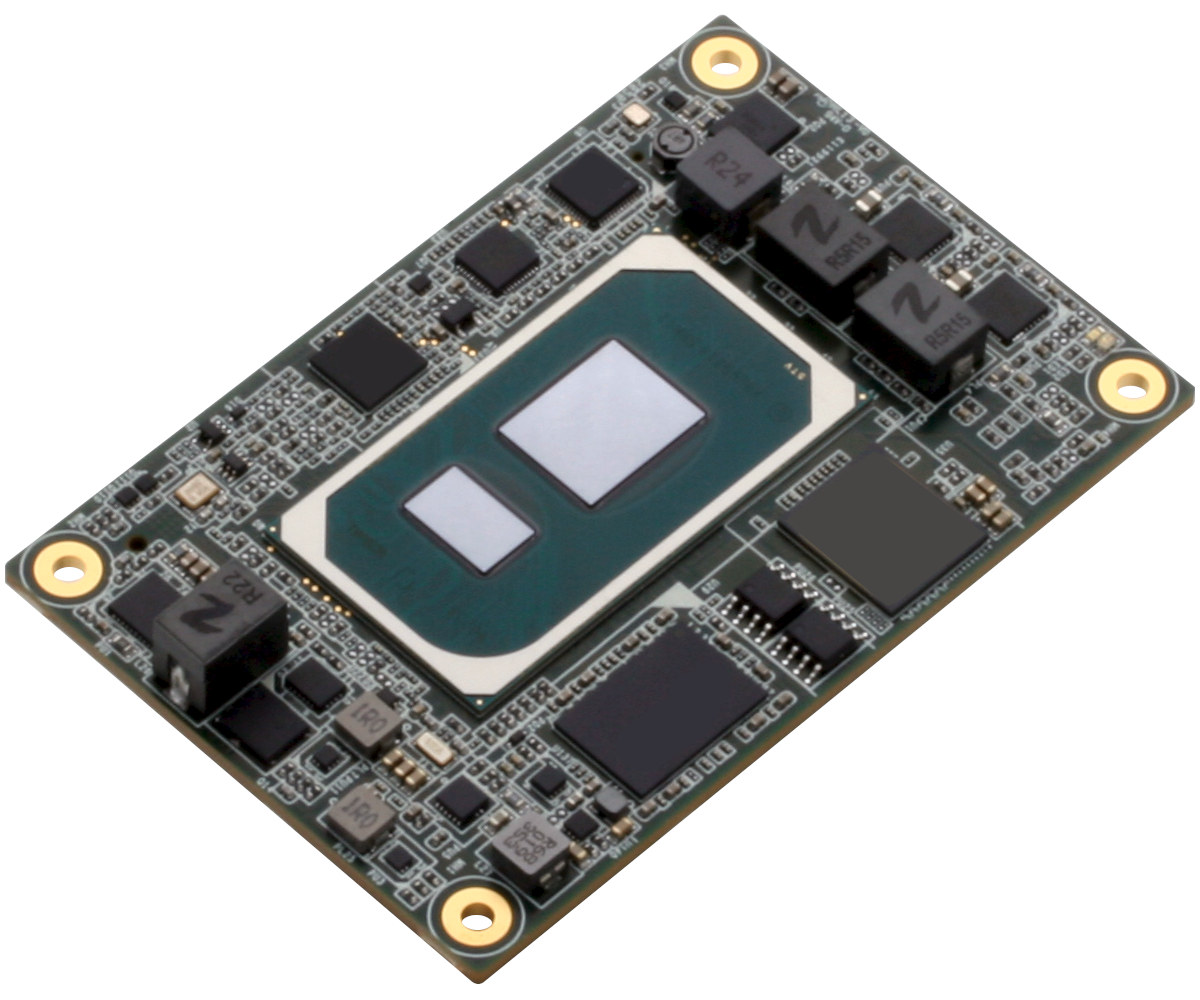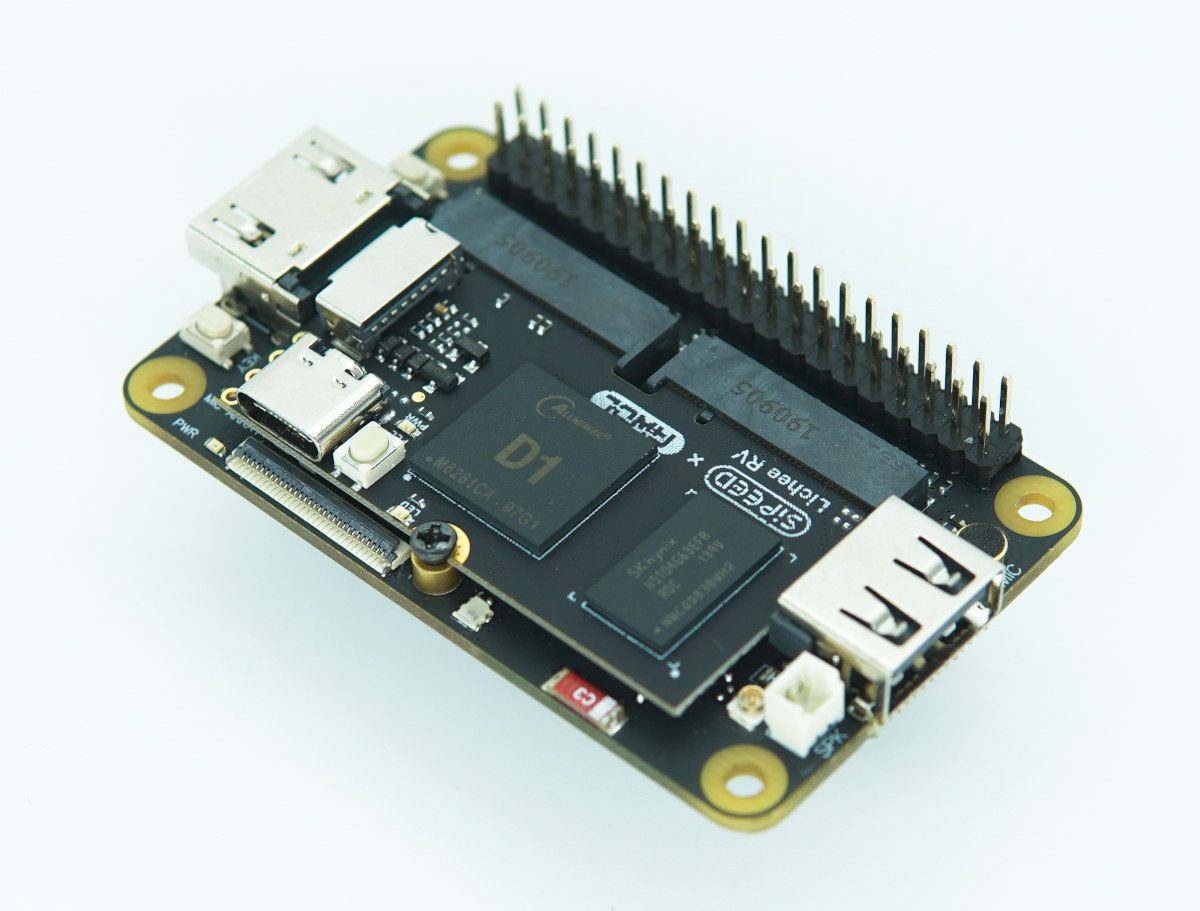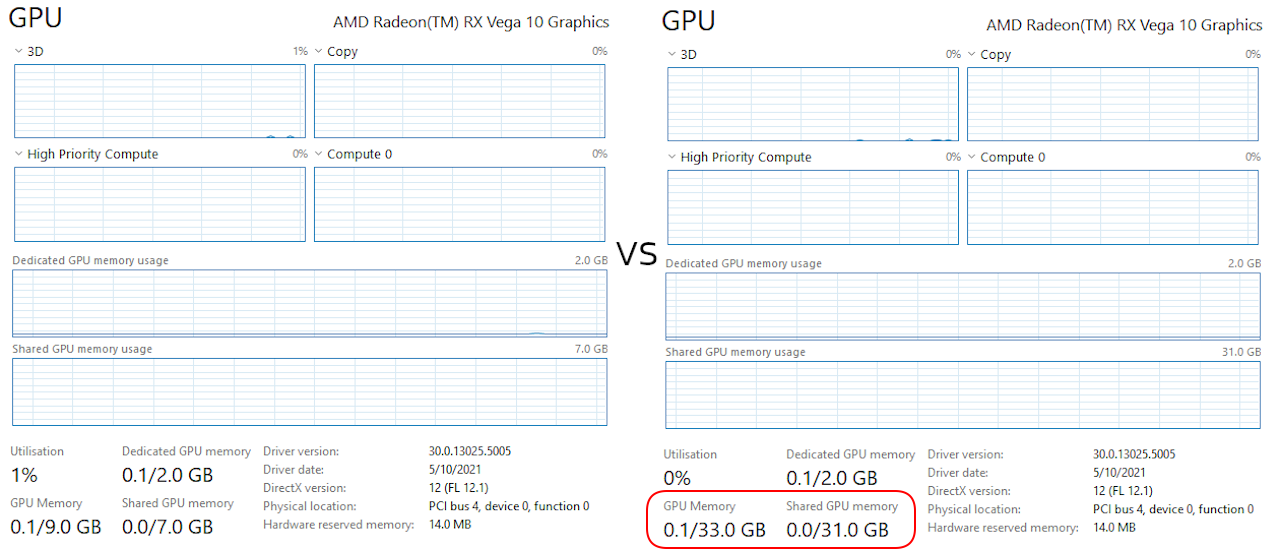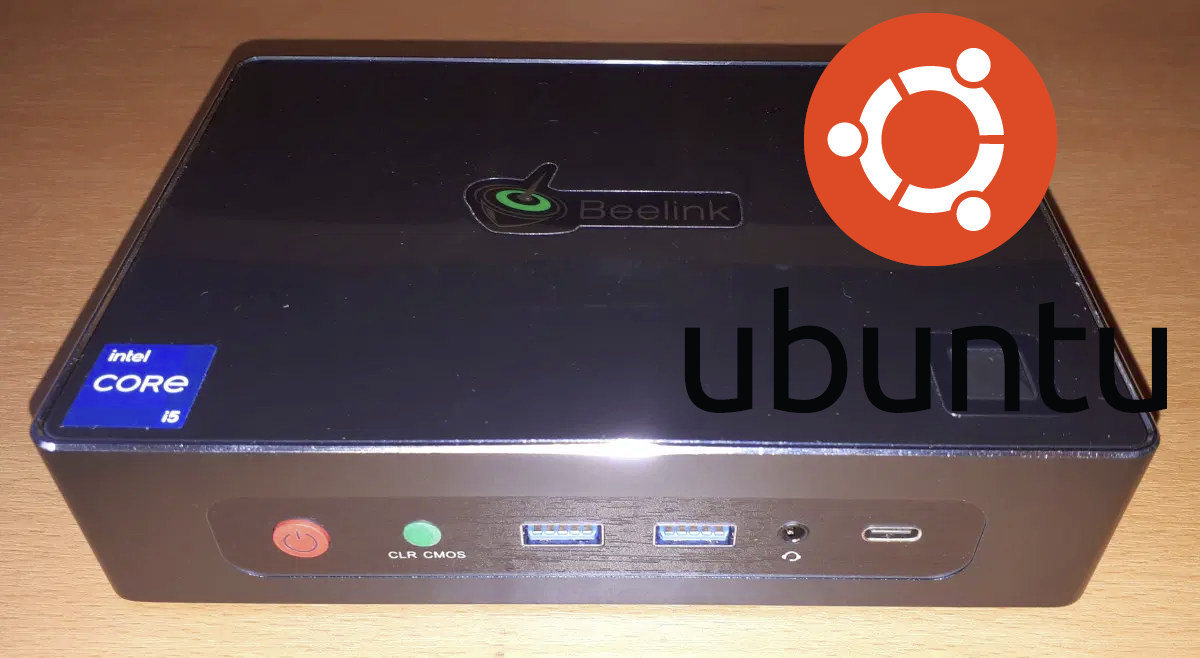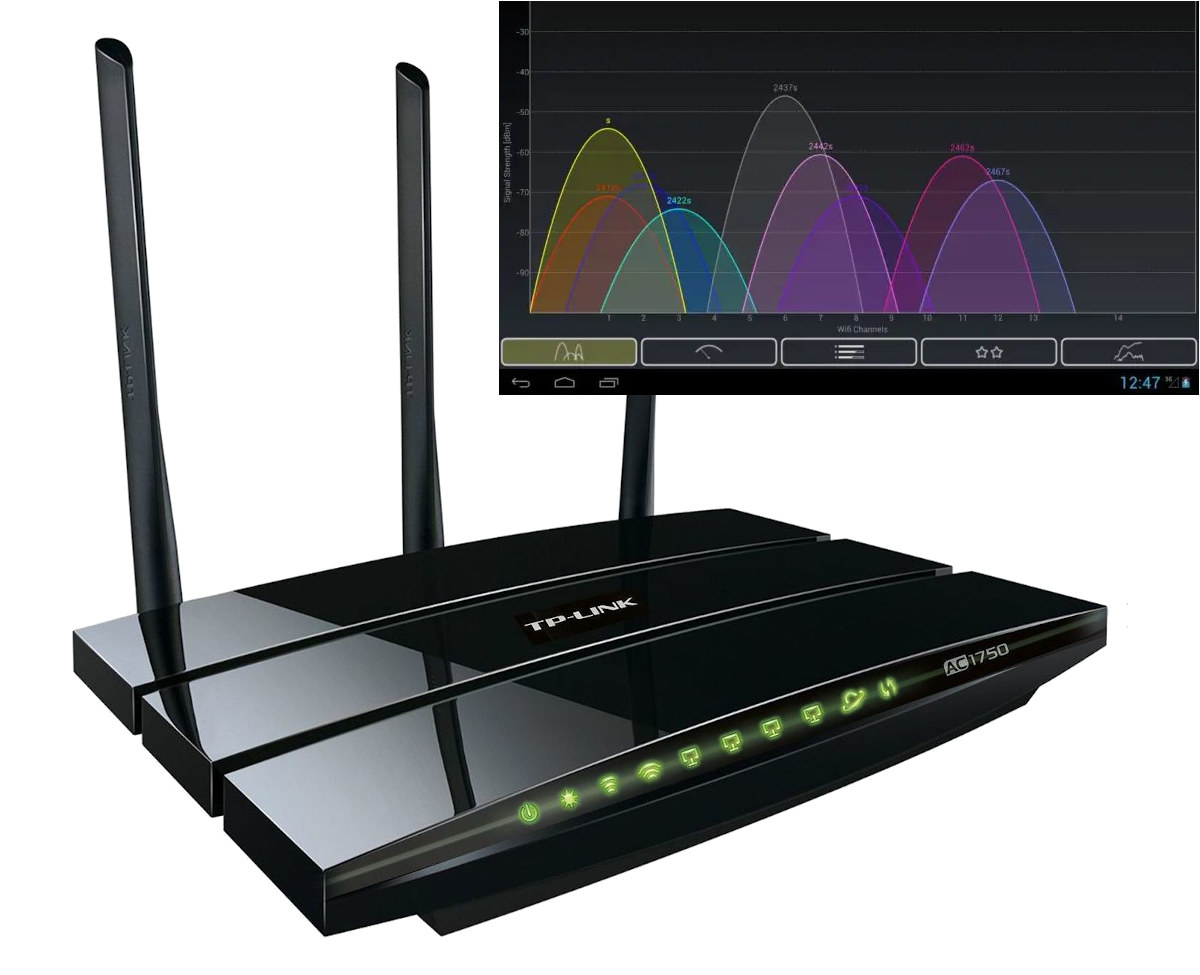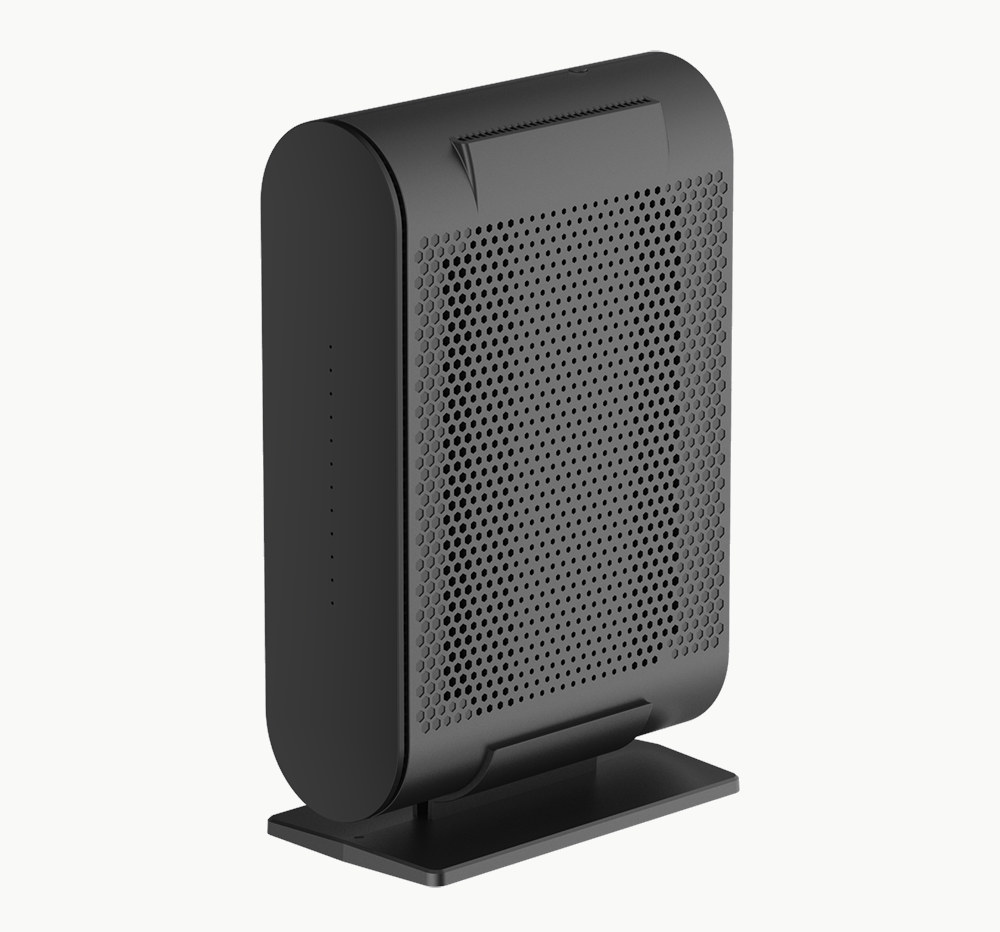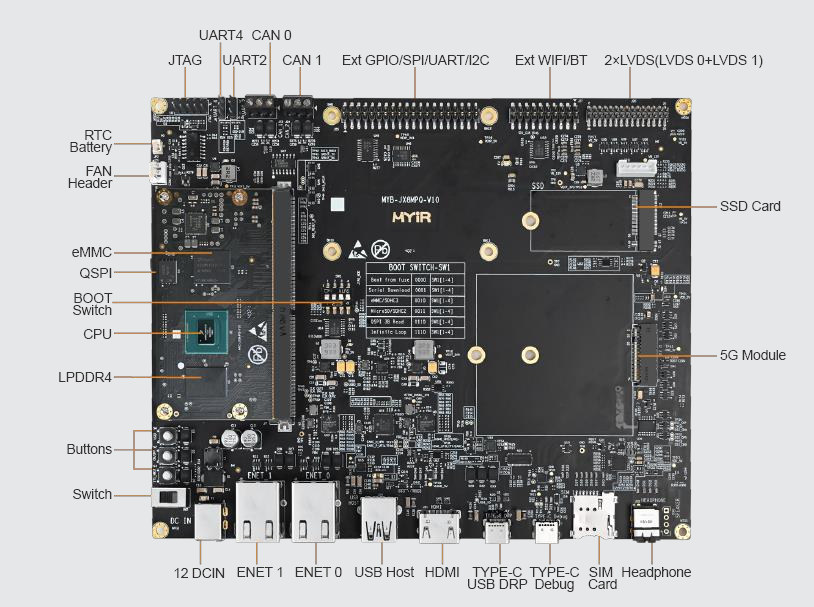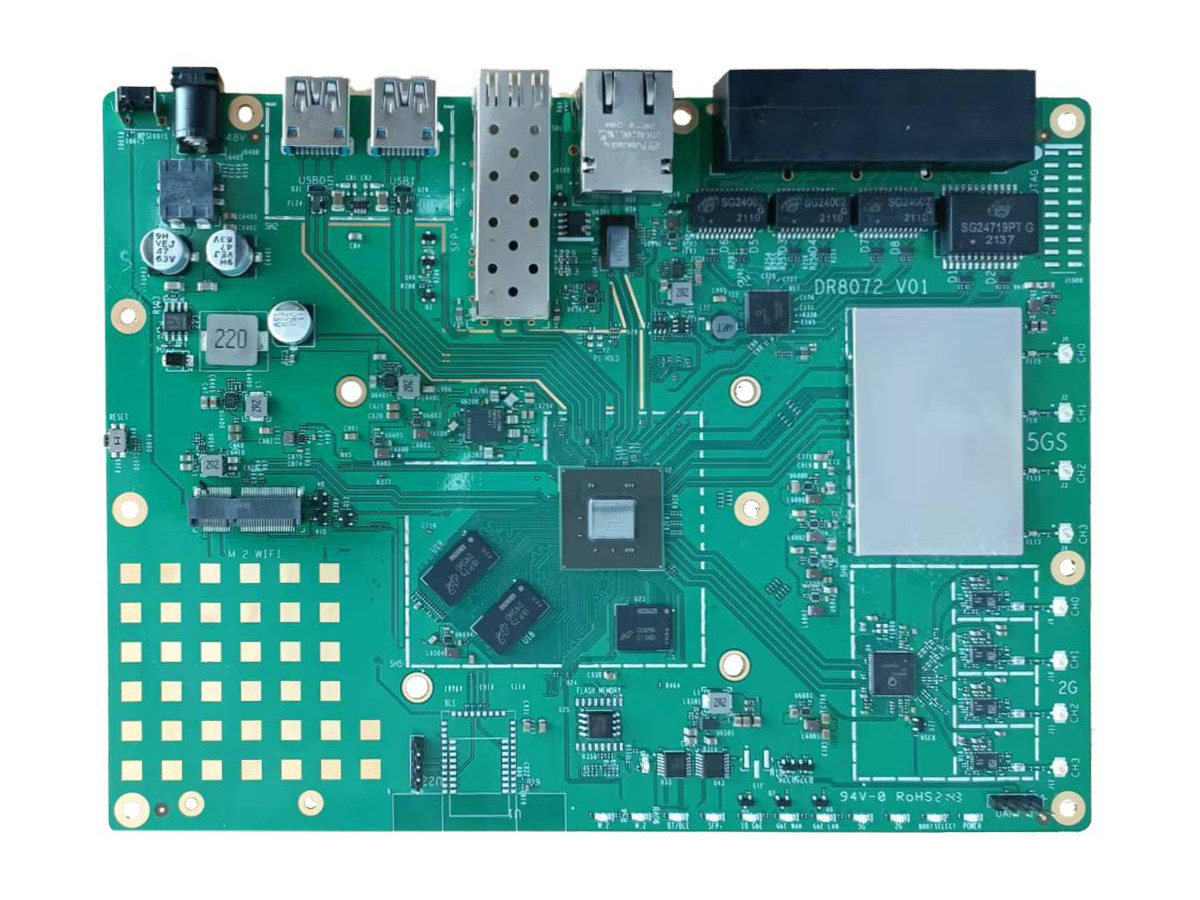AAEON NanoCOM-TGU is a COM Express Type 10 module powered by the 11th generation Intel Tiger Lake UP3 designed for embedded mobile applications, potentially leveraging AI and Deep Learning acceleration engines from the processor with use cases ranging from telematics, Smart Cities, and industrial automation. The NanoCOM-TGU supports up to 16GB LPDDR4x memory with in-band ECC, up to 256GB PCIe NVMe SSD, and offers two SATA 3.0 interfaces, 2.5GbE networking, DDI and eDP video outputs, as well as ten USB ports and four PCI Express x1 interfaces. NanoCOM-TGU specifications: SoC – Intel Tiger Lake UP3 “E” or “GRE” processor with Intel UHD Graphics from Celeron 6305E up to Core i7-1185G7E/1185GRE @ 1.8 GHz /4.4 GHz; 15W TDP System Memory – Up to 16GB onboard LPDDR4x-4266 memory in-band ECC supported by SoC Storage – Up to 256GB onboard NVMe SSD Networking – Intel i225-LM 2.5GbE controller COM Express Type 10 […]
Sipeed Lichee RV RISC-V module gets $5+ carrier board with HDMI and USB ports, optional WiFi
Sipeed introduced the Lichee RV Allwinner D1 Linux RISC-V board going for just $17 with 512MB RAM last month. While with a USB-C port it could be used as a standalone part, its dual M.2 connector makes it more like a module and we noted a tiny carrier board was in the works at the time. The baseboard is now available and known as the Lichee RV Dock adding HDMI and USB ports, as well as a 40-pin GPIO header for just $5, or $8 if you’d like to get Wi-Fi 4 and Bluetooth 4.2 connectivity through a Realtek RTL8723DS module. Sipeed Lichee RV Dock specifications: Supported system-on-module (SoM) – Lichee RV module with Allwinner D1 RISC-V processor @ 1 GHz, 512MB DDR3, MicroSD card slot, and USB Type-C OTG port Storage – Optional SPI flash Display interfaces HDMI port up to 4Kp30 Optional RGB interface for up to 720p30 […]
OS and Memory Impact on Mini PC Gaming Performance
This article looks at what the effect of running a different operating system or having more memory has on similarly spec’d Intel and AMD mini PCs when gaming. Note: This article has been updated and corrected as a result of reader feedback and additional testing. It was inspired by having built and tested a pseudo ‘Steamdeck’ running Manjaro on an AMD-based mini PC with 16GB of memory, which made me wonder what the performance would be like using Windows 11. Initial results were surprising because Windows appeared much slower. As I’d previously heard of performance improvements when using 64GB of memory I swapped out the currently installed 16GB memory and immediately saw improved results. As I’d never observed such a dramatic performance increase on Intel mini PCs just through increasing the memory I decided to explore further by testing gaming performance on similar Intel and AMD mini PCs when using […]
Beelink GTi11 review – Part 2: Ubuntu 20.04 on an Intel Core i5-1135G7 mini PC
Previously I reviewed Beelink’s new GTi11 Intel Tiger Lake mini PC running Windows 11, so in this part, I will cover Ubuntu 20.04. Hardware Recap The GTi11 is a 168 x 120 x 39mm (6.61 x 4.72 x 1.54 inches) actively cooled mini PC and the review model has an i5-1135G7 Intel Tiger Lake quad-core 8-thread 2.50 GHz Core processor boosting to 4.20 GHz with Intel’s Xe Graphics. The review model also includes a 500GB M.2 2280 NVMe PCIe Gen 3.0 SSD drive initially with Windows 10 Pro installed but now successfully upgraded to Windows 11 Pro, two sticks of 8GB DDR4 3200 MHz memory, a soldered WiFi 6 (or 802.11ax) Intel AX201 chip and dual 2.5Gb Ethernet ports. The specifications list four of the USB ports as 3.0 so I retested them on Ubuntu using a Samsung 980 PRO PCle 4.0 NVMe M.2 SSD housed in an ‘USB to […]
(Some) TP-Link routers enable hidden networks by default. Is that an issue?
There are plenty of security issues with many routers including firmware that is seldom upgraded, opened (telnet) port with the default password, and the list could go on. But Jahed Ahmed recently wrote about an issue I had not heard of before: his TP-Link router shows two hidden networks in 2.4 GHz and 5 GHz bands that he only discovered after running WiFi Analyzer on his phone. He did not enable those networks, so that was the default configuration from the firmware. That could potentially pose a security risk, contributes to WiFi spam, and Jahed also mentions a waste of energy although the extra power consumption is probably limited, even when scaled to millions of users. So why is TP-Link doing this? Apparently for their OneMesh mesh wireless network system and device including range and powerline extenders that users may want to use. Other users have been reporting this issue […]
Dual 10GbE router supports WiFi 6 (AX3600)
We’ve just written about a Qualcomm IPQ8072A SBC/reference design with two 10GbE ports and WiFi 6 that’s good for companies wanting to design their own system, but if you’re looking for a dual 10GbE router there are already options, notably QNAP QHora-310W sold for $329 on Amazon. But another dual 10GbE router with WiFi 6 was brought to my attention from a company I had never heard of. Acelink BR-6889AX is a WiFi 6 “AX3600 4T4R 10GE Router” based on Qualcomm IPQ8072A processor that’s suitable for the connected home and office networks including WFH use cases. Acelink BR-6889AX specifications: SoC – Qualcomm Hawkeye IPQ8072A quad-core Cortex A53 @ 2.2GHz with dual-core multi-threaded network accelerator, In-line security engine System Memory – 512 MB DDR3 (2x 256MB) Storage – 4MB SPI NOR flash, 128MB NAND flash Networking Wired 2x 100/1,000/2,500/5,000/10,000Mbps BASE-T Ethernet (RJ45) ports with Link/Act, Speed LED 3x 10/100/1,000Mbps BASE-T Ethernet […]
MYIR introduces i.MX 8M Plus module and devkit with AI/ML capabilities
There are already plenty of i.MX 8M Plus systems-on-module, but here’s one more courtesy of MYIR Tech with MYC-JX8MPQ i.MX 8M Plus module with as well as MYD-JX8MPQ development board for evaluating the solution. The module is especially well suited to applications leveraging Artificial Intelligence (AI) and Machine Learning (ML) with the NXP Cortex-A53/M7 integrating a 2.3 TOPS Neural Processing Unit (NPU). The module comes with up to 6GB LPDDR4, 128GB eMMC flash, 32MB QSPI flash, a PMIC for power management, as well as a 314-pin MXM 3.0 connector exposing the I/Os from the processor. MYC-JX8MPQ module specifications: SoC – NXP i.MX 8M Plus (MIMX8ML8CVNKZAB) quad-core Cortex-A53 processor @ 1.6 GHz, real-time Arm Cortex-M7 co-processor @ 800 MHz, 2.3 TOPS AI accelerator, 2D/3D GPU, HiFi4 Audio DSP, and 1080p VPU System Memory – 3GB LPDDR4 (option up to 6GB) Storage – 8GB eMMC flash (option up to 128GB), 32MB QSPI […]
Qualcomm IPQ8072A networking SBC supports dual 10GbE, WiFi 6
DR8072 V01 is a networking SBC based on Qualcomm IPQ8072A communication processor, with two 10GbE interfaces, one through an SFP cage and the other through an RJ45 connector, plus four Gigabit Ethernet ports, and 4×4 MIMO WiFi 6 connectivity (AX3700). Based on Qualcomm AP.HK09 reference design, the board follows Wallys Communications’ DR8072A embedded router board introduced earlier this year, also based on Qualcomm IPQ8072, but equipped with two 2.5 GbE interfaces and WiFi 6 connectivity. DR8072 V1 specifications: SoC – Qualcomm Atheros IPQ8072A quad-core Arm Cortex-A53 @ 2.2 GHz part of Qualcomm Networking Pro 1200 Platform System Memory – 512MB DDR4 2400MHz 16-bit interface (option up to to 2GB RAM) Storage – 8MB NOR flash, 256MB NAND flash Networking Wireless On-board 4×4 2.4GHz MU-MIMO OFDMA 802.11b/g/n/ax, max 17dBm per chain, up to 1147Mbps On-board 4×4 5GHz MU-MIMO OFDMA 802.11a/n/ac/ax, max 17dBm per chain, up to 2475Mbps Frequencies – 2.412 to […]


